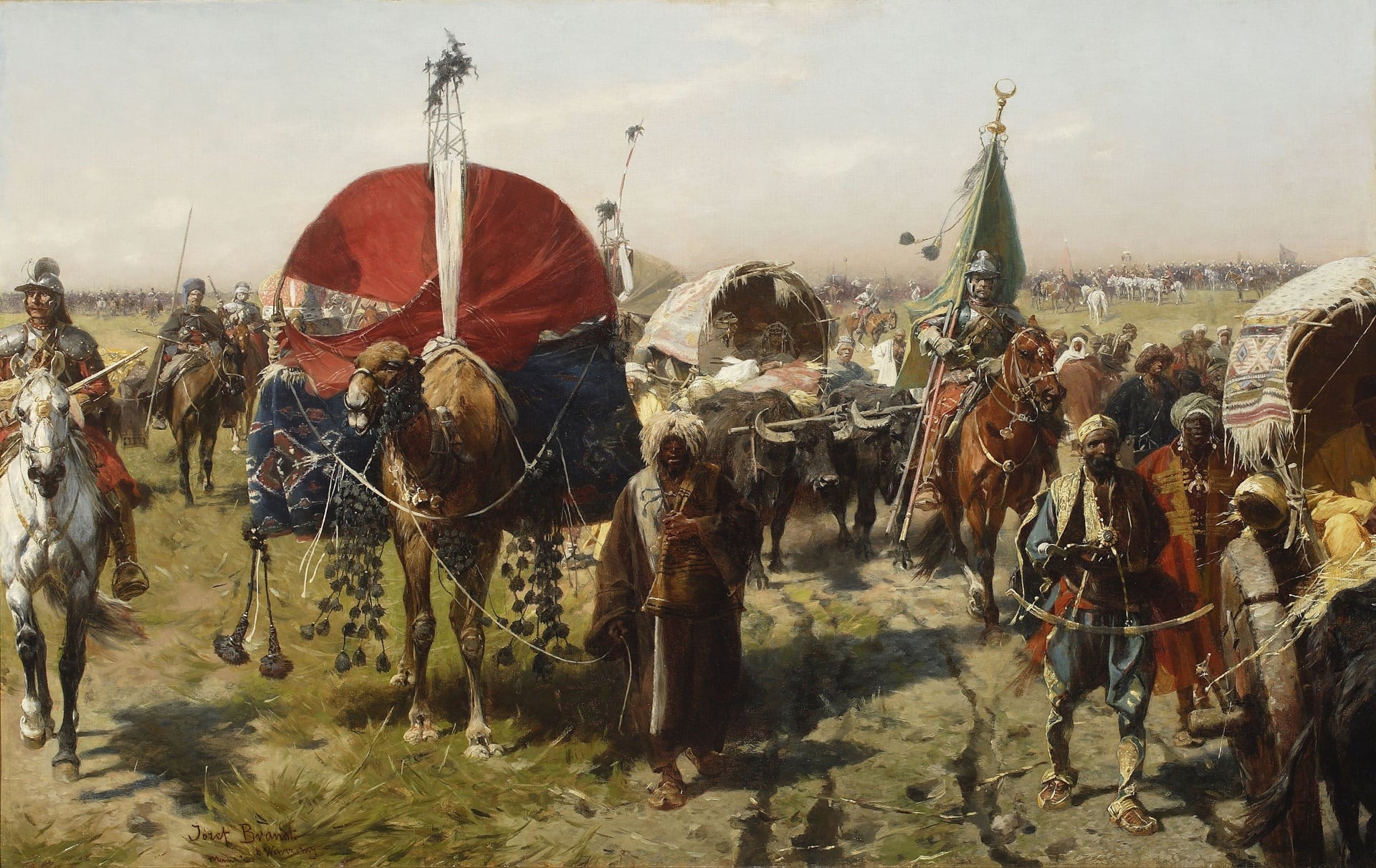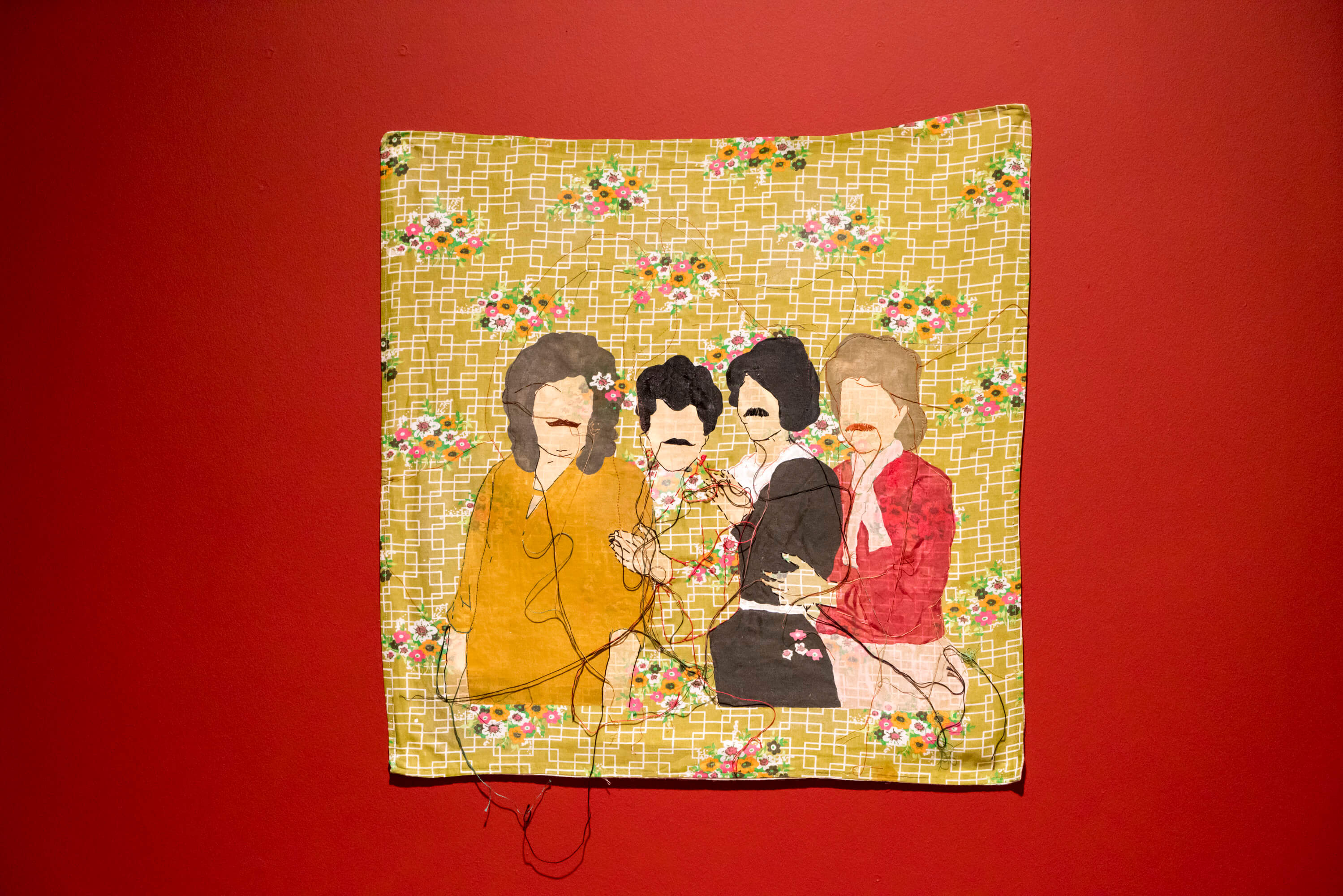What do symbols and patterns express? Outside of the mathematical symbols and patterns on plates, what are some other symbols and patterns you come across every day? After a guided tour of the “Coffee Break” exhibition from the Suna and İnan Kıraç Foundation Kütahya Tiles and Ceramics Collection, we study the motifs and patterns found on the rose-water bottles, mugs, coffee cups and pitchers. We then go on to make a visual dictionary of the symbols and patterns and talk about the meaning of these images.
Materials
Drawing paper
Scissors
Colored pencils
Weekday Online Learning Program
Thursday, Friday
10:00-10:30
10:45-11:15
11:30-12:00
Online guided tour and workshop participation fee per person for private schools: 100 TL
Online guided tours and workshops are free of charge for public schools.
Reservation is required for groups, which should include no less than 10 and no more than 60 participants. After confirmation of the reservation, the workshop link will be sent exclusively to the e-mail address submitted during registration.
Related Exhibition: Coffee Break

Józef Brandt harboured a fascination for the history of 17th century Poland, and his favourite themes included ballistic scenes and genre scenes before and after the battle proper –all and sundry marches, returns, supply trains, billets and encampments, patrols, and similar motifs illustrating the drudgery of warfare outside of its culminating moments.

Pera Museum, in collaboration with Istanbul Foundation for Culture and Arts (İKSV), is one of the main venues for this year’s 15th Istanbul Biennial from 16 September to 12 November 2017. Through the biennial, we will be sharing detailed information about the artists and the artworks.
Tuesday - Saturday 10:00 - 19:00
Friday 10:00 - 22:00
Sunday 12:00 - 18:00
The museum is closed on Mondays.
On Wednesdays, the students can
visit the museum free of admission.
Full ticket: 300 TL
Discounted: 150 TL
Groups: 200 TL (minimum 10 people)